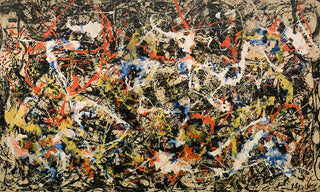Jackson Pollock is one of the most-famous artists of 20th century, and his energetic abstract paintings are renowned around the world. But which of his works are the most iconic? In advance of this Friday’s release of the The Hundreds X Jackson Pollock collection, we answer that question, and share the stories behind five of his most notable paintings.
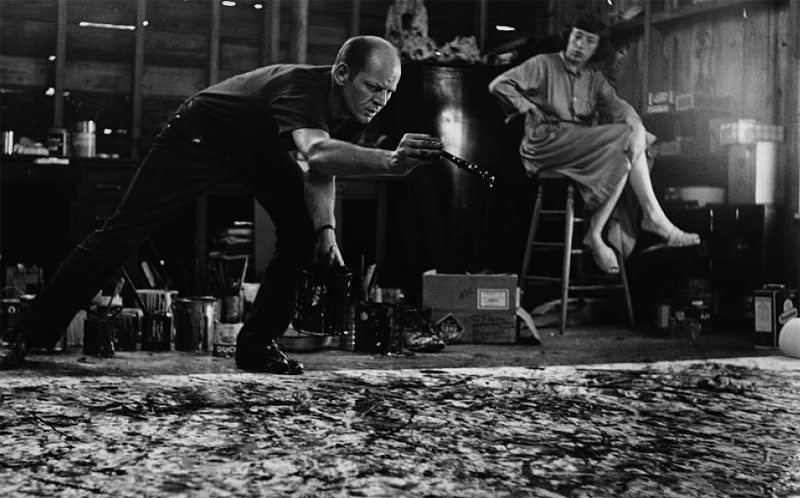
“I want to express my feelings rather than illustrate them.” -Jackson Pollock
The She-Wolf
Pollock produced The She-Wolf years before his drip style emerged, but the uninhibited abstraction in the work hints at his future process. The painting appears to reference the Roman myth of Romulus and Remus, but Pollock refused to interpret it. “She-Wolf came into existence because I had to paint it,” Pollock said in 1944. “Any attempt on my part to say something about it, to attempt explanation of the inexplicable, could only destroy it.” The painting was part of Pollock’s very first solo exhibition in 1943, and was then acquired by MoMA, making it his first-ever piece in a museum.
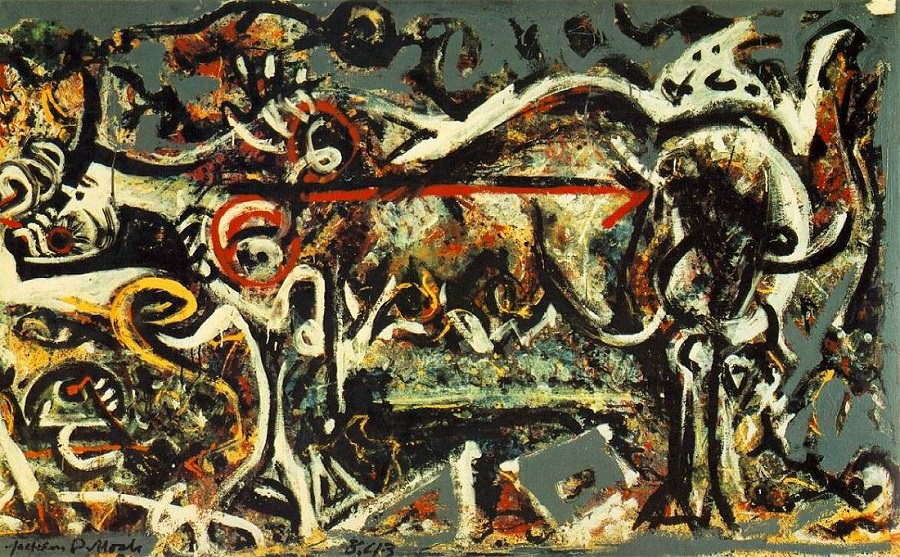
Mural
In 1943, Peggy Guggenheim commissioned Pollock to make a mural for her new townhouse. The canvas was so big (160 square-feet) that Pollock had to rip out the partition between two rooms of his studio just to work on it. “It looks pretty big,” he remarked at the time, “but exciting as all hell.” Like The She-Wolf, Mural references mythology, but it was a step closer to his iconic drip paintings. “It was the first time that the artist experimented with commercial paints,” Abigail Cain wrote in an article for Artsy. “And while Pollock used a brush for most of the composition, he heralded his later drip techniques by flicking pink paint onto portions of the canvas.” And when art critic Clement Greenberg saw it at Guggenheim’s townhouse, he later said, “I took one look at it, and I knew Jackson was the greatest painter this country had produced.”
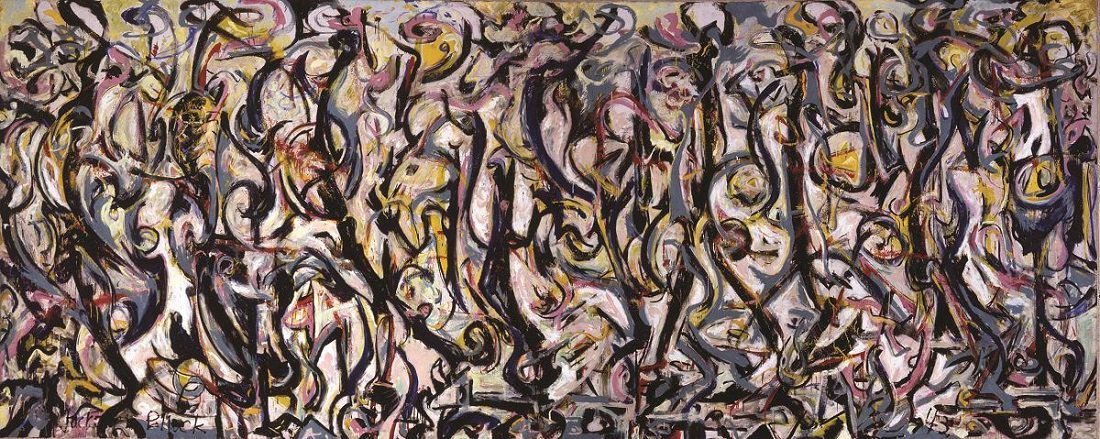
Lavender Mist
Number 1 (Lavender Mist) signifies the artistic development of Pollock from 1947 to 1950, when he started to drip, splash and squirt paint on mural-size canvases on his studio floor. “Lavender Mist exemplifies gestural abstraction, in which paint was poured or applied with extreme physicality to reflect the artist’s inner mind,” wrote The Art Story. “The color is expressive, while space is created through alternative layers and drips of opaque paint, creating a textured canvas surface that is nearly dizzying.” It was one of 32 paintings shown at Pollock’s 1950 exhibition at Betty Parson’s New York gallery, and it was the only one that sold. Today, it is considered one of the most important works from the artist’s “classic period.”
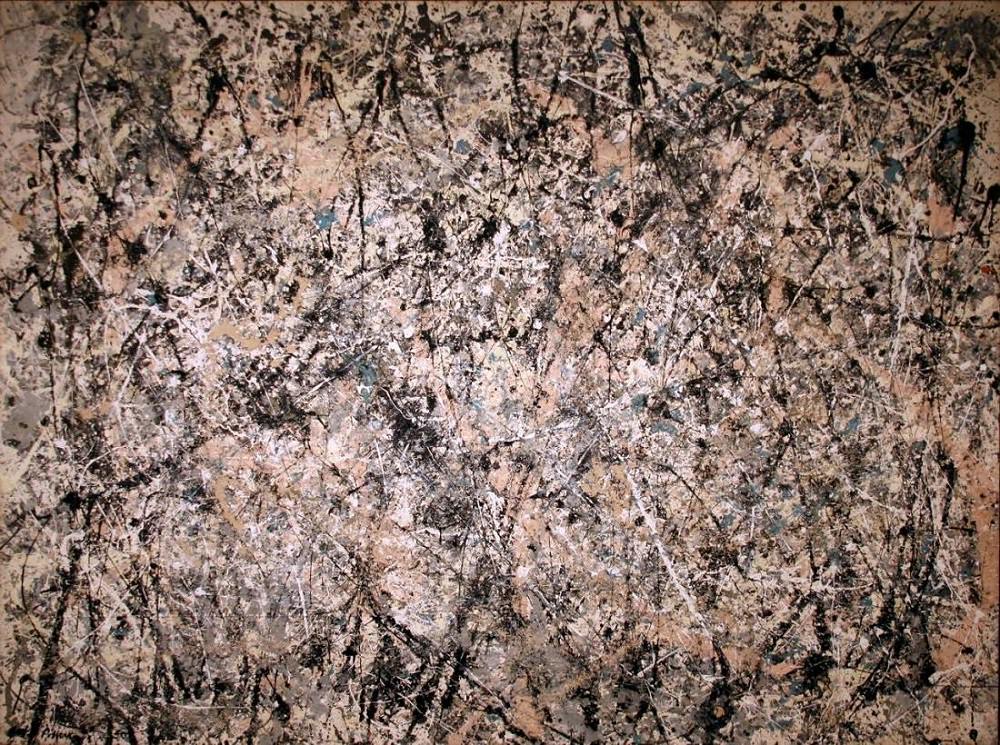
No. 5
In 1949, artist Alfonso A. Ossorio purchased No. 5 for $1,500, and when his partner first saw it, he reportedly remarked, “You spent money on that?” But the chaotic painting, with its thick layers of brown, yellow, and black splatters, would go on to become one of Pollock’s most iconic works, as well as his most expensive. In 2006, it was sold at auction for $165.4-million, making it one of the 10 most expensive paintings in history (along with works by Paul Cézanne, Pablo Picasso and Vincent van Gogh).
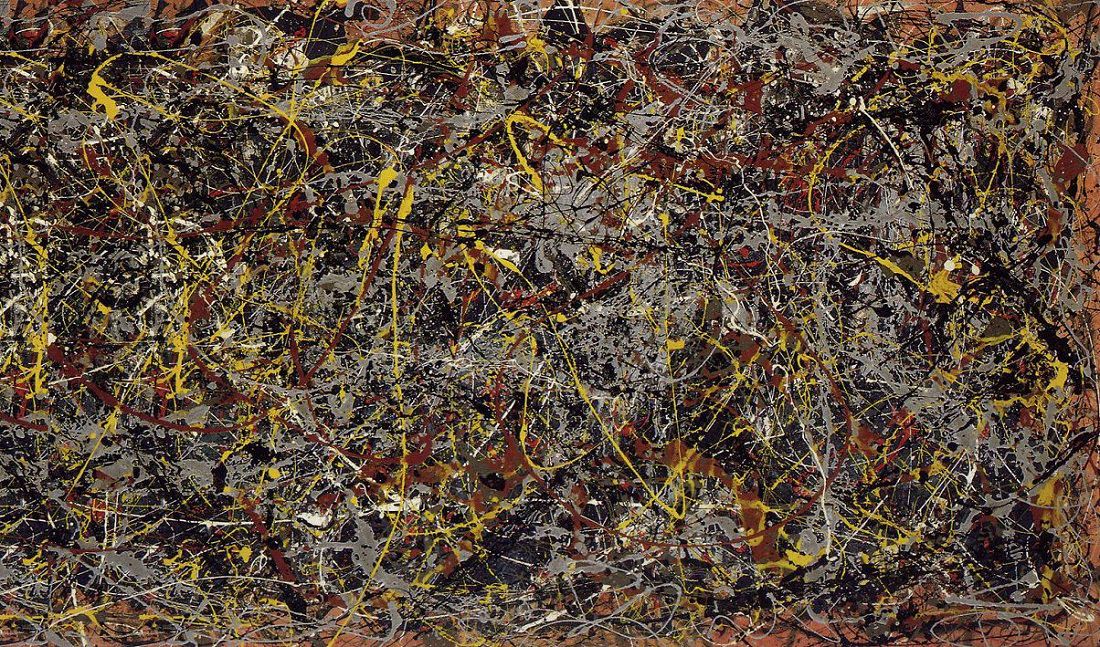
Convergence
In 1951, Pollock said, “It seems to me that the modern painter cannot express his age, the airplane, the atom bomb, the radio, in the old forms of the Renaissance or any other past culture. Each age finds its own technique.” Pollock found his technique in house paint and drips, and used it to express his own time. Convergence—a black-and-white painting that Pollock flung primary colors onto—reflects the crisis of the Cold War. It is one of his masterworks, and might also be the most well-known painting by an abstract expressionist. In 1964, Springbok Editions produced a jigsaw puzzle of the painting, which was promoted as the “world’s most difficult puzzle,” and hundreds of thousands of Americans purchased it.
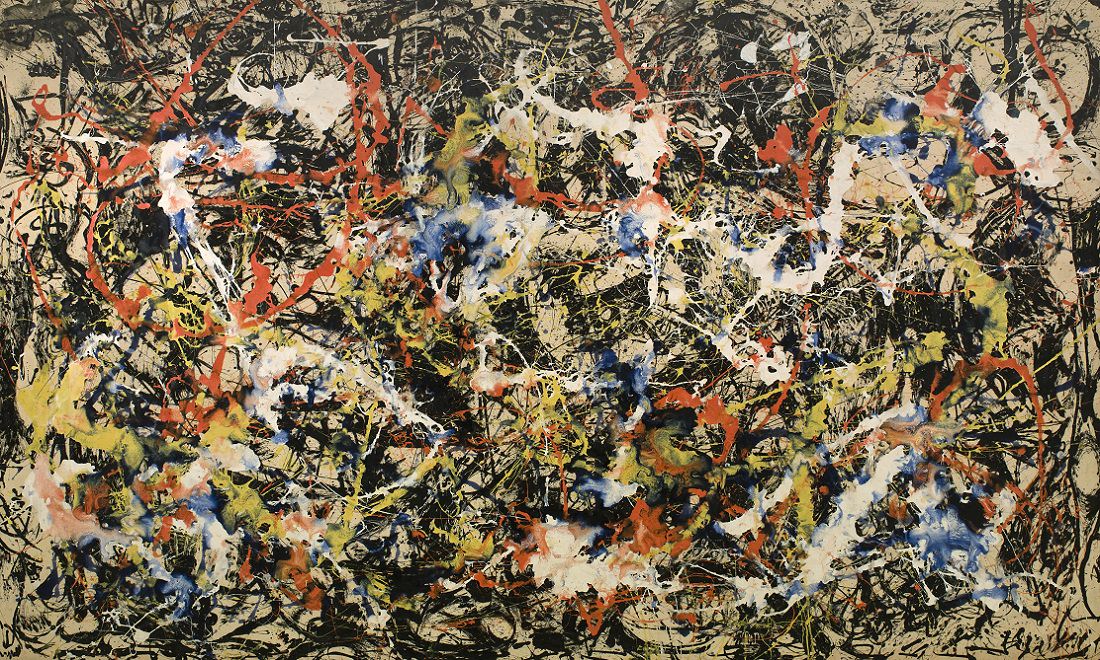
***

